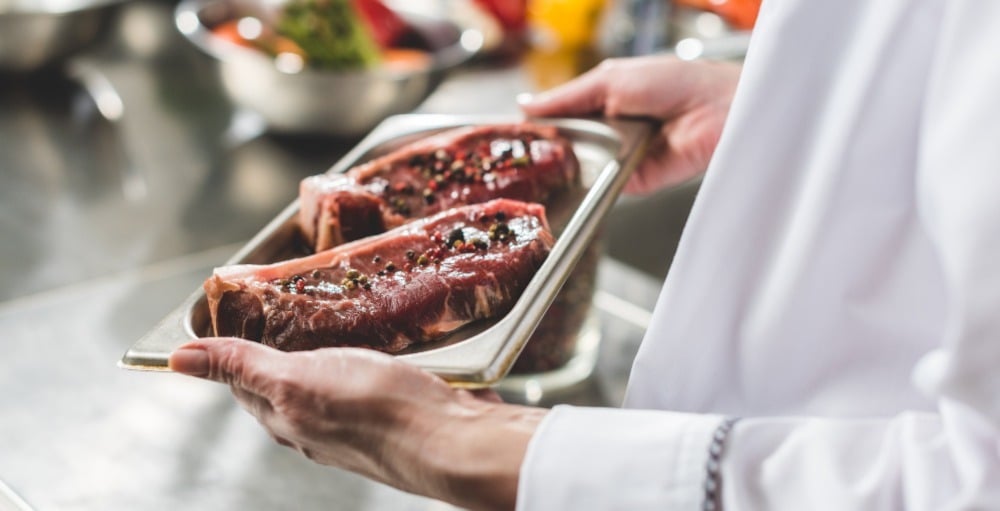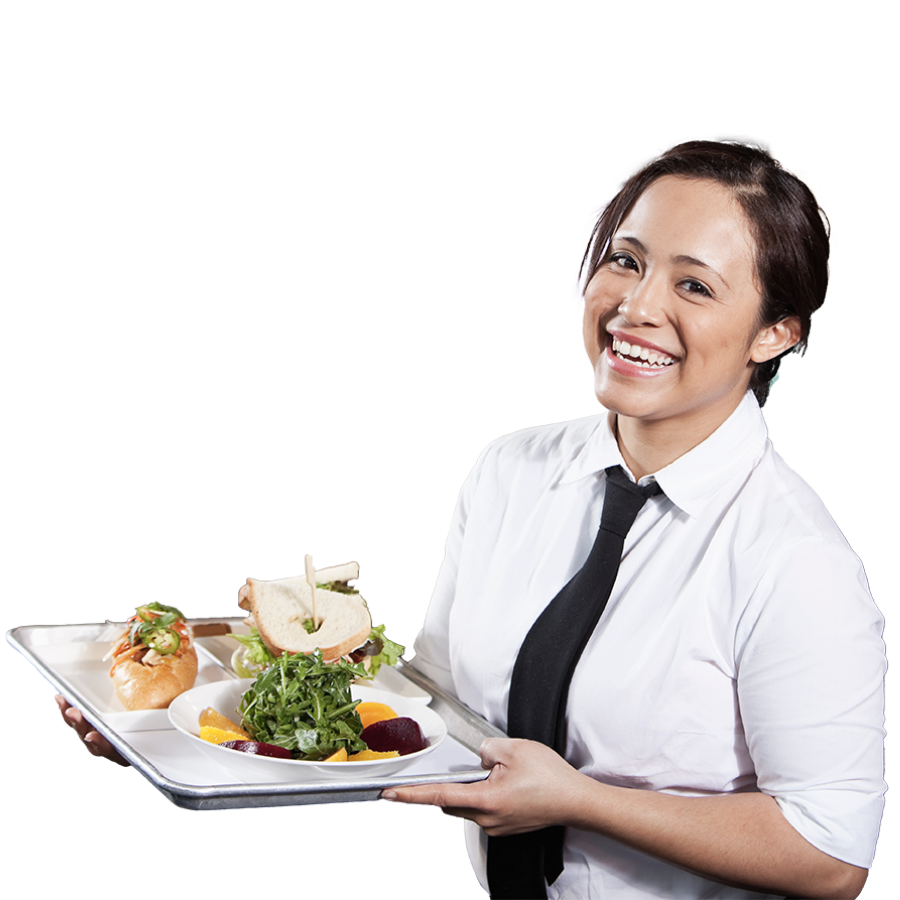Is chocolate a high-risk food? How about rice? Learn what high-risk foods are and why food handlers need to be extra-diligent when working with them.
High-risk foods, also called potentially hazardous foods, are foods that have the ideal conditions for bacterial growth. Therefore, they are more likely to contain dangerous bacteria and other pathogens like parasites and viruses. As a food handler, you must be especially diligent when working with these foods in order to prevent foodborne illness outbreaks.
Characteristics of high-risk foods
High-risk/Potentially hazardous foods are:- Moist
- High in starch or protein content
- Neutral in acidity (pH over 4.5 or “mild acids”)
These characteristics create an ideal environment for pathogens to survive and reproduce to unsafe levels if food becomes contaminated.
High-risk food examples
There are a number of different foods that fall into the potentially-hazardous category. High-risk foods include:
- Dairy products like milk or cheese
- Eggs
- Fish and other seafood
- Red meat
- Poultry
Any item that contains one of these foods as a component would also be considered high-risk, so a salad with cooked salmon, a sandwich wrap with mayonnaise or a cream-filled donut would all be considered high-risk foods.
While raw vegetables and fruit are typically considered low-risk, if handled incorrectly, they can also support the growth of pathogenic microorganisms. This is especially true for items that won’t be cooked, like melons, romaine lettuce or sprouts.
Handling high-risk foods
Proper food handling is the best way to ensure food safety of high-risk foods. High-risk foods need to be monitored closely in terms of time and temperature. This includes proper freezing and thawing, cooking and handling while raw.
If high-risk foods are improperly handled, the risk of contamination of bacteria and other pathogens is – you guessed it – higher than other foods. Let’s examine a couple of examples.
Bacteria
Bacteria are the most common cause of foodborne illness. They are found everywhere but invisible to the naked eye. They also multiply rapidly. Foods kept at a potentially risky temperature for too long make it more likely for bacteria to reproduce or produce toxins. High levels of bacteria or toxins in food can cause food poisoning, while spores protect some types of bacteria from high temperatures, which makes them far more difficult or impossible to destroy in the cooking process.
To keep high-risk foods safe, you need to keep them out of the range in which bacteria thrive – a.k.a. the Temperature Danger Zone. The Temperature Danger Zone falls between 41°F and 135°F (5°C and 57°C). If foods are kept in the Temperature Danger Zone for longer than two hours, the number of bacteria will become far too high to consume safely. In some cases, even a small amount of bacteria can cause an infection, depending on the type of bacteria and the health of the individual who ingests it.
Viruses and parasites
Other pathogenic microorganisms, like viruses or parasites, don’t actually grow in food but can contaminate it. Once ingested by a person (or animal), viruses and parasites take advantage of their host to increase in number or size.
The most common route to contract a parasite infection is through eating undercooked meat products, but people can also get parasites from contaminated water – including eating any food that has been washed in contaminated water – or through cross-contamination. Cooking is the most effective way to control the spread of parasites, so it’s important to know the safe cooking temperatures for the type of food you’re preparing.
What about low-risk foods?
Along with fruits and vegetables, other examples of low-risk foods include plain breads and baked rolls, honey, jam and preserves, vinegar and dried or dehydrated goods like pasta, dried beans or rice.
But what about when these foods are cooked? Is cooked rice a high-risk food?
The answer is yes. When you add water to uncooked rice or other dehydrated foods, you add the missing ingredient that bacteria need. This means that dehydrated foods can become hazardous/high-risk once water is added, so it’s important to keep them out of the Temperature Danger Zone after cooking.
Adhering to guidelines on time and temperature; properly freezing, thawing and washing foods; and following the correct hand washing method are all effective ways to handle high-risk foods and ensure low-risk foods do not become high-risk. To learn more on these topics and to get your Food Handler Certificate, visit our Courses page to find the food safety training course in your state.

